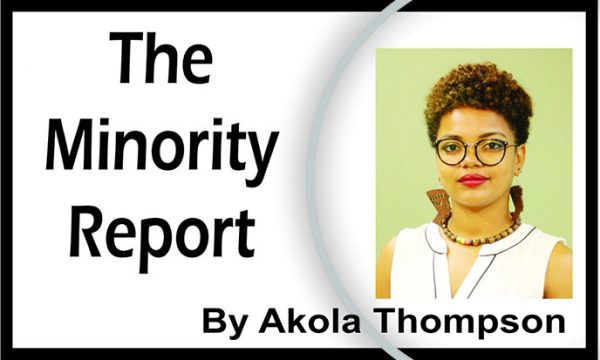
In 2018, the Caribbean Public Health Agency reported that breast cancer is the main cause of death amongst Caribbean females, accounting for 14%-30% of cancer deaths. It is clear that this disease is one that we should devote significant effort and time to in appropriately addressing if significant reduction is our goal. However, a lot of importance has been placed on the act of raising awareness of this dangerous illness, as if that is the cure all for diseases ravaging a body. But are we not already aware? So many of us have been affected or known someone who has lost a close friend or loved one to it that breast cancer has been a part of the lexicon of many of us long before we hit double digits.
As with so many things concerned with women and their bodies, there is a taboo surrounding breast cancer that has been very harmful. This taboo has caused many women to remain silent about their illness, feeling that to talk about it would be unmannerly given the belief that breasts should remain private and not openly discussed. This has seen many suffering in isolation. The publicity that now surrounds breast cancer has helped a bit in breaking down this taboo where persons are more likely to talk and discuss it more openly. The success of the public campaign on raising awareness however has significantly commercialized breast cancer in such a way that patients and their disease are being exploited for monetary gain.
Many of these awareness campaigns actually do nothing to raise awareness of the actual disease and instead focus on personal accounts of survivors and a few bits of perfunctory information that we’ve heard before. If more of these campaigns focused on sharing useful information such as how to do self-breast examinations, at risk factors, signs to look out for and where to get accessible and affordable treatment, then maybe we can significantly reduce the number of persons who die from the disease yearly – often unaware of what is driving their illness and ultimate demise. That also matched with the fact that the publicity focuses on emotional appeals and victim anecdotes rather than science based information can result in further misunderstanding of the illness.
The problem surrounding breast cancer we can see is not necessarily a lack of awareness. The real problem lies in the restrictive costs of preventative screenings and post-diagnosis care. During this period of the mighty pink ribbon, many healthcare institutions and businesses are offering special promotions and reductions on breast cancer screenings, although many shy away from reductions in cost of post-diagnosis care. While it is good that we are encouraging persons to do early screenings and tests, what systems of support are in place for those who have tested positive for the disease? High costs associated with treatment see many persons unable to access and maintain treatment for their illness. The money required for a post care breast cancer diagnosis is money that many working class people simply do not have.
As we’ve gathered, something is fundamentally wrong with the way in which we celebrate breast cancer awareness and it might be doing more harm than good. This is not to say that the awareness campaigns should not continue, but I do believe they would do well to reevaluate the ways and areas in which we do them. We must raise awareness not only on the need for screening, but also focus on treatment options and preventive actions that can be taken.
There needs to be more new information being shared on the disease and how it works and more emphasis needs to be placed on getting funding for cancer research and victim post care. This should be a time when we take the opportunity to have calls to action on the disease and challenge the government to increase public health funding and invest in ensuring isolated communities have access to both information and treatment. Maintain your pink ribbons and marches yes, but do more.
Our largely centralized marketing campaign on breast cancer awareness has seen many rural and hinterland communities being left out from what really should be a national conversation. Rural and Hinterland areas particularly have a hard time accessing information and services due to their location, centralized healthcare system and lack of access to new and traditional media. It has also centred the conversation on one form of cancer to the exclusion of others such as Cervical Cancer whose rates have been sharply increasing and rivaling those of breast cancer over the years. With cervical cancer affecting young girls and grown women, an estimated 100 women die every year from the disease, making it the leading cause of cancer mortality amongst Guyanese women.





